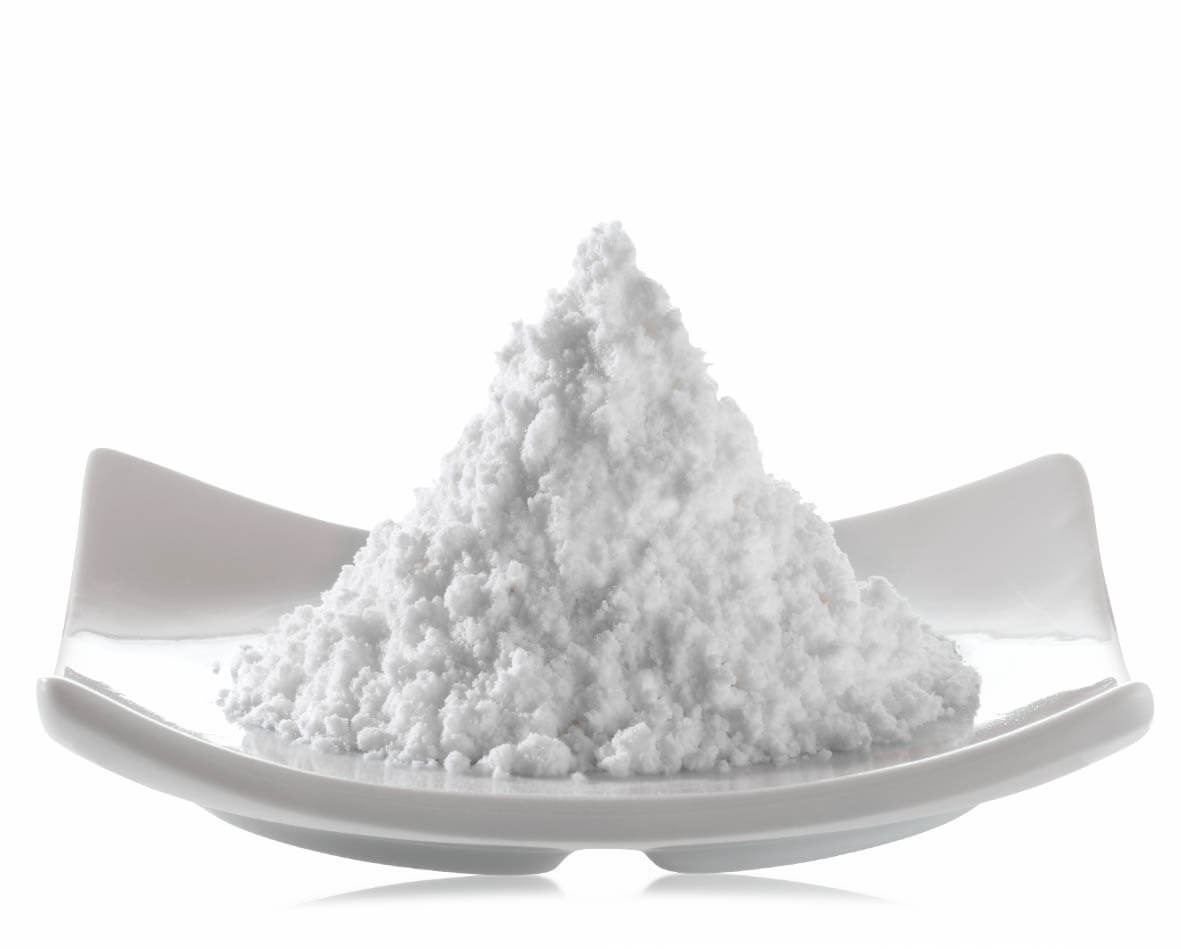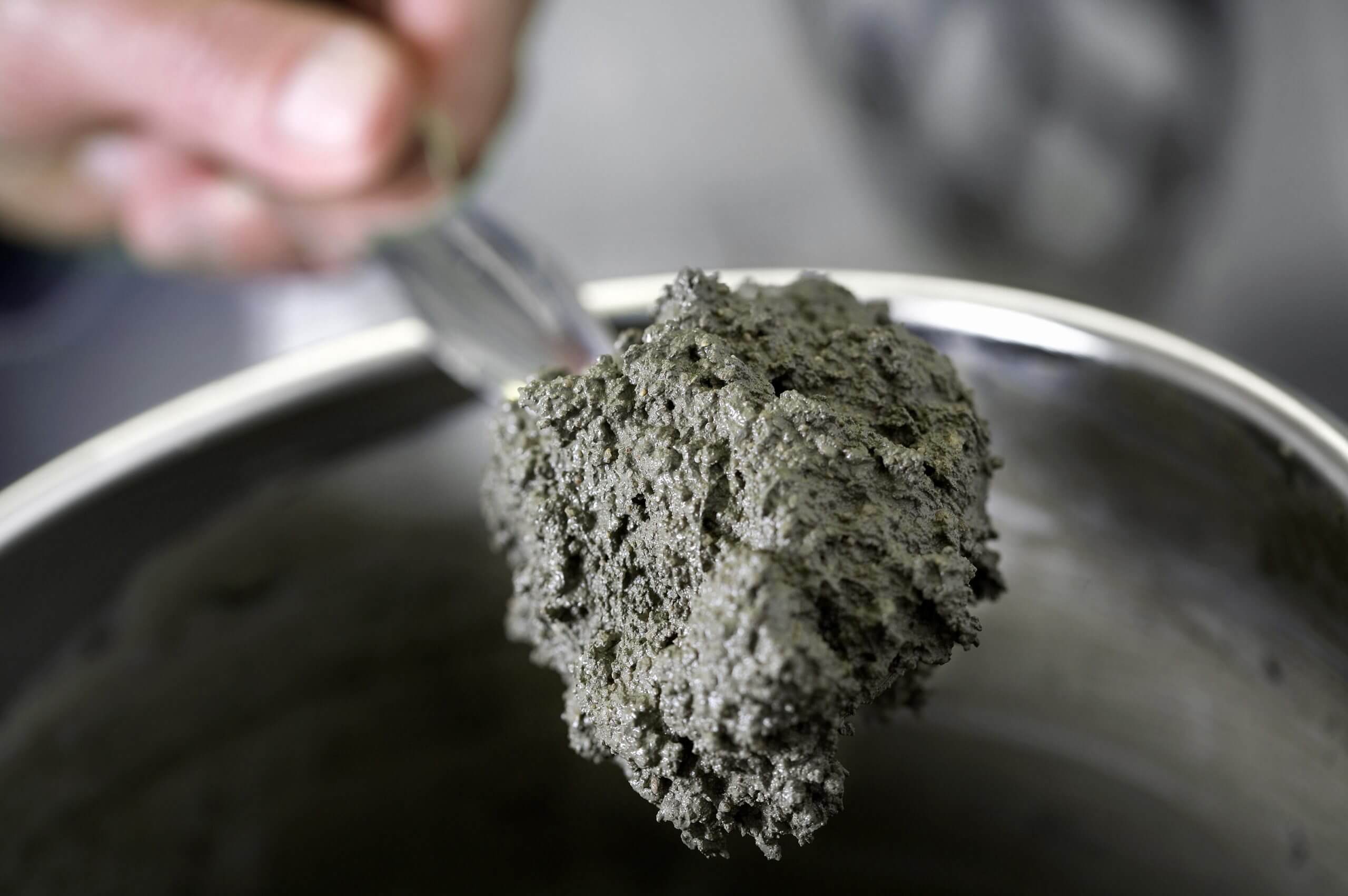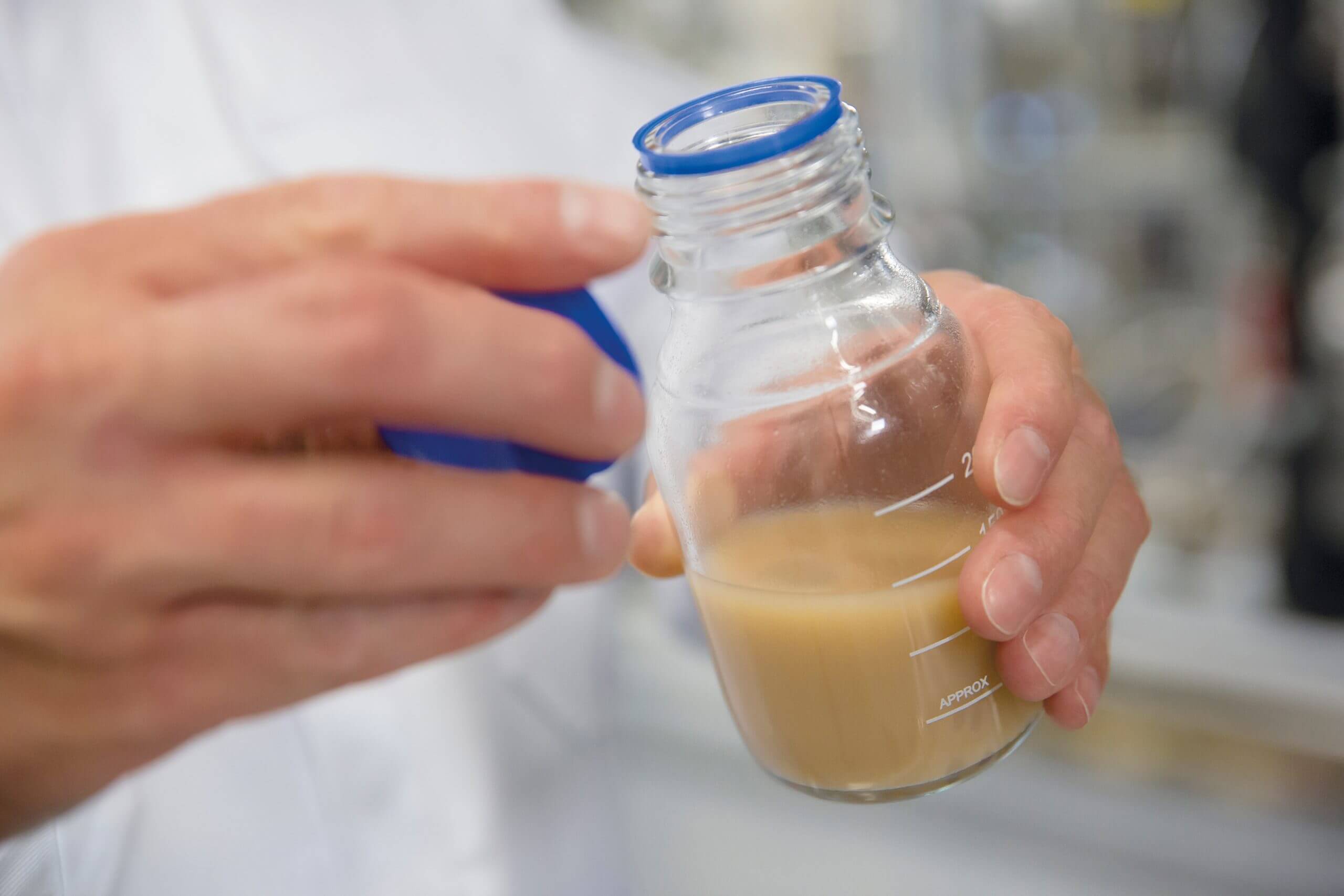Vinapor DF 9010 F – prevents the formation of foam by destroying air bubbles, they disintegrate in the mass of the solution or float to the surface and burst. Materials based on mineral binders quickly set and harden, so the destruction of the foam must be fast, otherwise voids will form under or above the surface of the mixture. It also completely eliminates foam and ensures the formation of a strong and smooth surface.
Dafomex AP 488 is a foam defoamer in powder form for neutral and alkaline systems. The product is perfect for preventing air from entering gypsum and cement-based systems. Dafomex AP 488 can also be used in dry cement and gypsum mixtures containing lime, such as:
– plasters, special repair mortars, joint and crack fillers, tile adhesives;
– mortars and self-leveling systems based on anhydrite/cement;
– flexible waterproofing membranes (both cement and synthetic).
Defoamer
Vinapor AE 3912 F is a highly effective additive based on natural oil in powder form that provides air retention in a variety of mortars and plasters. It creates very small, stable air bubbles, significantly improves the overall performance of the mortar, including when working with mortar. When injected, this additive increases resistance to ponding, improves water retention and stability in freezing. The tendency to shrinkage and cracking is reduced, and wear and tear on mixers and conveyors working with mortar is reduced.
Due to its surfactant properties, Vinapor AE 3912 F also helps to moisten binders and other components, providing acceleration of the moistening process in the dispersion, which reduces the formation of lumps during mixing.
Esapon 1850 (surfactant) is an air-entraining additive for gypsum (neutral or alkaline) and cement plasters.
It is able to provide effective air entrainment into the system during mixing.
Esapon 1850 can be used in the production of cement, gypsum and lime products, namely
– Gypsum, cement and lime-based plasters.
– Joint and grout fillers.
Esapon 1850 added to masonry mortar can improve the dispersion of mineral aggregates in the system to increase workability and stability in cold climates to increase the efficiency of consumption per area.
The improvement in workability is achieved mainly by introducing small air bubbles that improve the sliding of fine mineral powders in water, due to the improved wetting effect during mixing.
At the same time, it is possible to reduce the amount of water required for the mixture or to maintain the same water/gypsum ratio to improve the workability of the mixtures.





